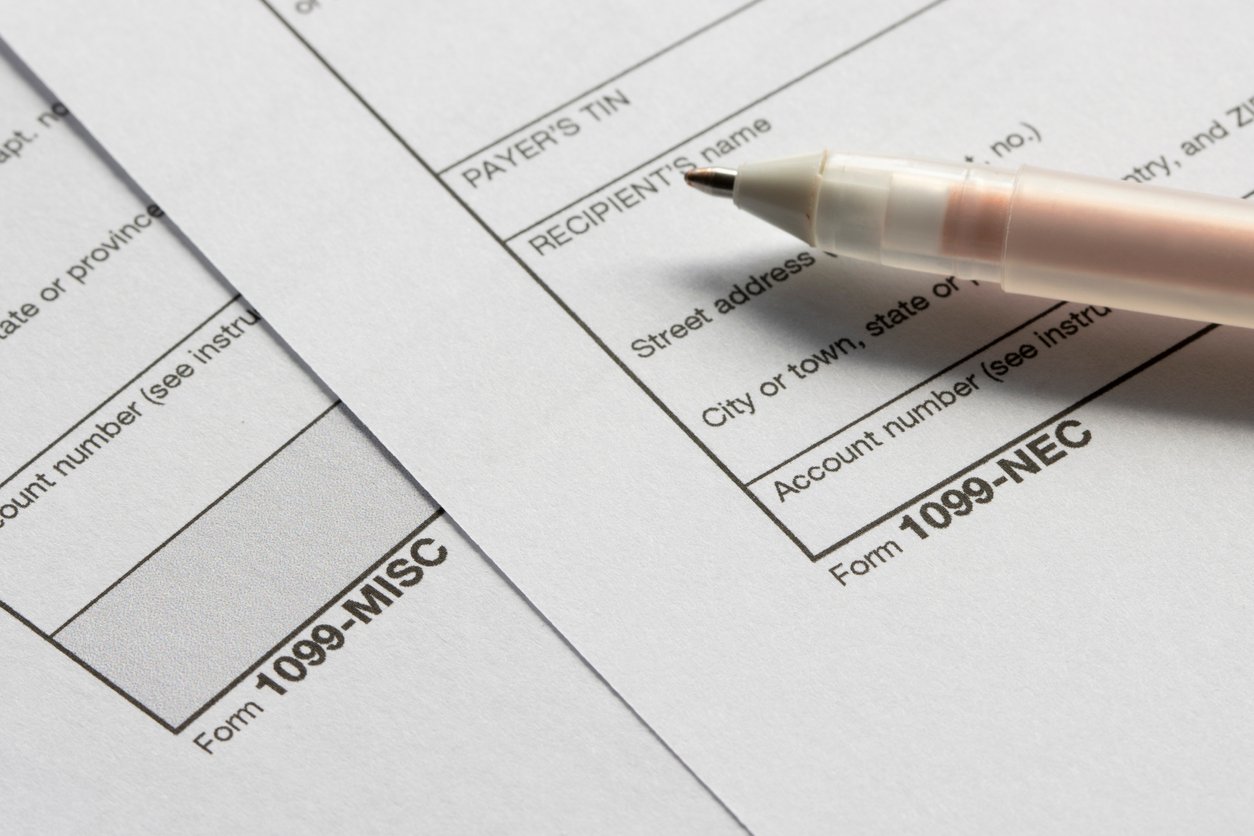
The purpose behind most pensions plans, annuities, retirement plans, or profit-sharing plans is income flow, also known as “distributions.” If you are the beneficiary of such an investment/income strategy, the chances are excellent that you’ll receive what’s known as a Form 1099-R from the custodian, sponsor, or manager of the pension or plan from which you receive distributions. This is because the IRS considers those distributions to be income, which must be reported.
Understanding the Form 1099-R
The Form 1099-R is a member of the 1099 form family, better known as “information returns.” These forms let the IRS know about non-employment income, defined as income received outside of regular salaries and wages. As an individual taxpayer, you likely won’t fill out any 1099 forms. Rather, you receive this information, then input it as income on your IRS 1040 form, and file it with your tax return.
The main goal of these 1099 forms is to prevent taxpayers from underreporting their income. The IRS checks the information on the 1099 forms (which it receives from the payors) against what taxpayers report on their 1040s.
You’ll likely get a Form 1099-R, “Distributions from Pensions, Annuities, Retirement or Profit Sharing Plans, IRAs, Insurance Contracts, Etc.” if you received a distribution of $10 or more from the following:
- Profit-sharing or retirement plans
- IRAs
- Annuities, pensions, or insurance contracts
- Survivor benefit income plans
- Permanent and total disability payments resulting from life insurance contracts
- Charitable gift annuities
When you receive Form 1099-R, you might notice a number or letter placed in Box 7. This is a code that details the type of distribution you received. This can range from 1-“Early distribution, no known exception” to E-“Distributions under Employee Plans Compliance Resolution System.”
The IRS wants to know the “type” of distribution received, as it could be subject to an additional 10% tax. A typical example of this is if you withdraw funds from your IRA if you’re younger than 59 ½ years old.
To add to the above, there can be more than one type of Form 1099-R. You could receive one of the following, depending on the type of pension plan or annuity you hold:
- Form CSA 1099R
- Form CSF 1099R
- Form RRB-1099-R
Not Everything is Taxed
Again, the purpose of Form 1099-R is to inform the IRS about distributions paid out from plans and pensions. But rest assured; it doesn’t necessarily mean you’ll automatically be hit with taxes on that amount.
As an example, if you rollover funds from a Simplified Employee Pension (SEP) into an Individual Retirement Account (IRA), that amount might not be subject to taxes, even when you receive a Form 1099-R from the SEP’s custodian. As long as those funds were placed into the IRA within 60 days of distribution, those funds likely won’t be taxed.
Generally, you’re allowed one indirect rollover from the same plan during each 12-month period.
Don’t Ignore, Pay Attention
As indicated above, the reason for the Form 1099-R (and other 1099 forms) is to tell the IRS about all of your income. It’s a cross-check between the tax form you file, and information filed by your plan’s sponsor, manager, or custodian. The takeaway here is that all income will be taxed, so be sure that you, or your tax professional, inputs that amount to your 1040.
Even if you don’t get that Form 1099-R, the income must be reported. Ignoring that information could lead to larger issues should you be audited down the road.
This material is for general information and educational purposes only. Information is based on data gathered from what we believe are reliable sources. It is not guaranteed as to accuracy, does not purport to be complete and is not intended to be used as a primary basis for investment decisions. It should also not be construed as advice, meeting the particular investment needs of any investor. Realized does not provide tax or legal advice. This material is not a substitute for seeking the advice of a qualified professional for your individual situation.



